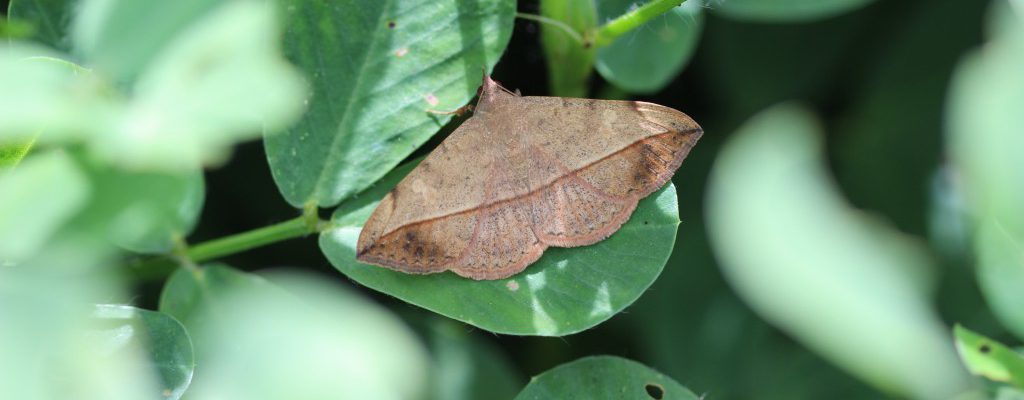spider mite
-

Two spotted spider mites are widespread in Georgia peanut fields as we approach the final weeks of the 2024 growing season. Spider mites thrive in hot, dry conditions, and they are often more abundant in fields where broad spectrum insecticides have been applied. The recent cooler, cloudy, rainy conditions in the state may have slowed…
Posted in: spider mite -

After thrips, foliage feeding caterpillars are the most often treated insect pest in Georgia peanut fields. While it is certainly not uncommon for caterpillar infestations to reach the economic threshold (the threshold ranges from 4 to 8 caterpillars per row foot depending on crop condition), not every peanut field in the state will need to…
-

The July rain in South Georgia will reduce the severity of lesser cornstalk borer infestations in many fields and will at least buy us some time before spider mites become a serious concern. If the rain continues through the remainder of the season, we will likely not have to battle either of these pests over…
-
We knew they were coming, and now they are here. The calls, emails, and texts have started to roll in reporting peanut fields in Georgia infested with twospotted spider mite. Finding mite infestations early, choosing an effective miticide, and applying the miticide correctly are critically important if we hope to manage this pest. Correct application…
Posted in: spider mite -
Now is a critical time for insect management in Georgia peanuts. Hot, dry weather is here, and the decisions we make over the next few weeks are going to be very important in determining how much impact insect pests will have on this year’s crop. Lesser cornstalk borers (LCB) have been in peanut fields for…
-
It came as no surprise on Monday morning when the phone starting ringing with questions about foliage feeding caterpillars, lesser cornstalk borers and two spotted spider mites in peanut fields. Most of the foliage feeding caterpillars we are seeing now are velvetbean caterpillars (VBC). This species is generally easy to kill with insecticides, but left…
-
Velvetbean caterpillars (VBC) have arrived in large numbers in some Georgia peanut fields over the past couple weeks. Peanuts that are 70 to 90 days after planting are likely to be at greatest risk for yield loss from defoliation; the risk is even greater in fields that are drought stressed. VBCs have voracious appetites and…
-
Here is an entry I wrote last week and realized today that I never published it… Things have been relatively quiet in terms of insect pressure in most peanut fields so far in 2017, but that could change quickly. I have been getting reports of heavy caterpillar pressure in some areas of Florida, and agents…
-
Few pests of peanut are as dreaded or as difficult to control as the two spotted spider mite. Spider mites generally start to show up in peanut fields in late July, and if conditions are favorable they can severely injure or even kill plants. Hot and dry are the main ingredients in the recipe for…
Posted in: spider mite -
There continue to be lesser cornstalk borers (LCB) in Georgia peanut fields, and I do not see any reason that should change over the next few weeks. Interestingly, most of the heavy pressure has not been in the Southwest but in the middle and eastern portions of South GA. I expect that some of the…